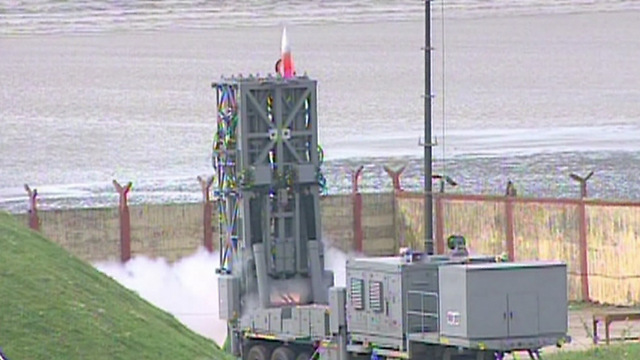
Barak 8, vital in any future Israeli conflict with Hezbollah, is a jointly developed Indian-Israeli surface-to-air missile (SAM), designed to defend against any type of airborne threat including anti-ship missiles, cruise missiles and aircraft such as drones (UAVs) helicopters, and combat jets out to a maximum range of 70 km. has once more been successfully tested by the Indian government on Tuesday.
By Yoav Zitun
The Indian government performed another successful test of the Israeli Barak 8 surface-to-air missile (SAM) system Tuesday. More tests are expected to be conducted in the near future, according to a scientist from the Defense Research and Development Organization.

The previous successful test of the Barak 8 system in India, July 2016. – Photo: India Ministry of Defense
With a weight of about 270 kilograms, the new interceptor missile’s length is 4.5 meters and has a carrying capacity of around 60 kilograms. It can fly at Mach 2—approximately 2469.6 kmph— and is capable of striking targets at a distance of up to 70 kilometers. It has the capacity to identify and neutralize rockets, planes, UAVs, helicopters, and even has the ability to intercept several targets in a single flight.
One of the Barak 8’s most technologically advanced aspects is its ability to intercept missiles aimed at sea-bound vessels—an function that could come in handy for Israel in the event that it ever becomes entangled in another conflict with Hezbollah—which, during the Second Lebanon War, demonstrated its ability to target Israeli ships with its missile strike on the INS Hanit.
View original Ynet publication at:
http://www.ynetnews.com/articles/0,7340,L-4857429,00.html







 Israeli New Shekel Exchange Rate
Israeli New Shekel Exchange Rate